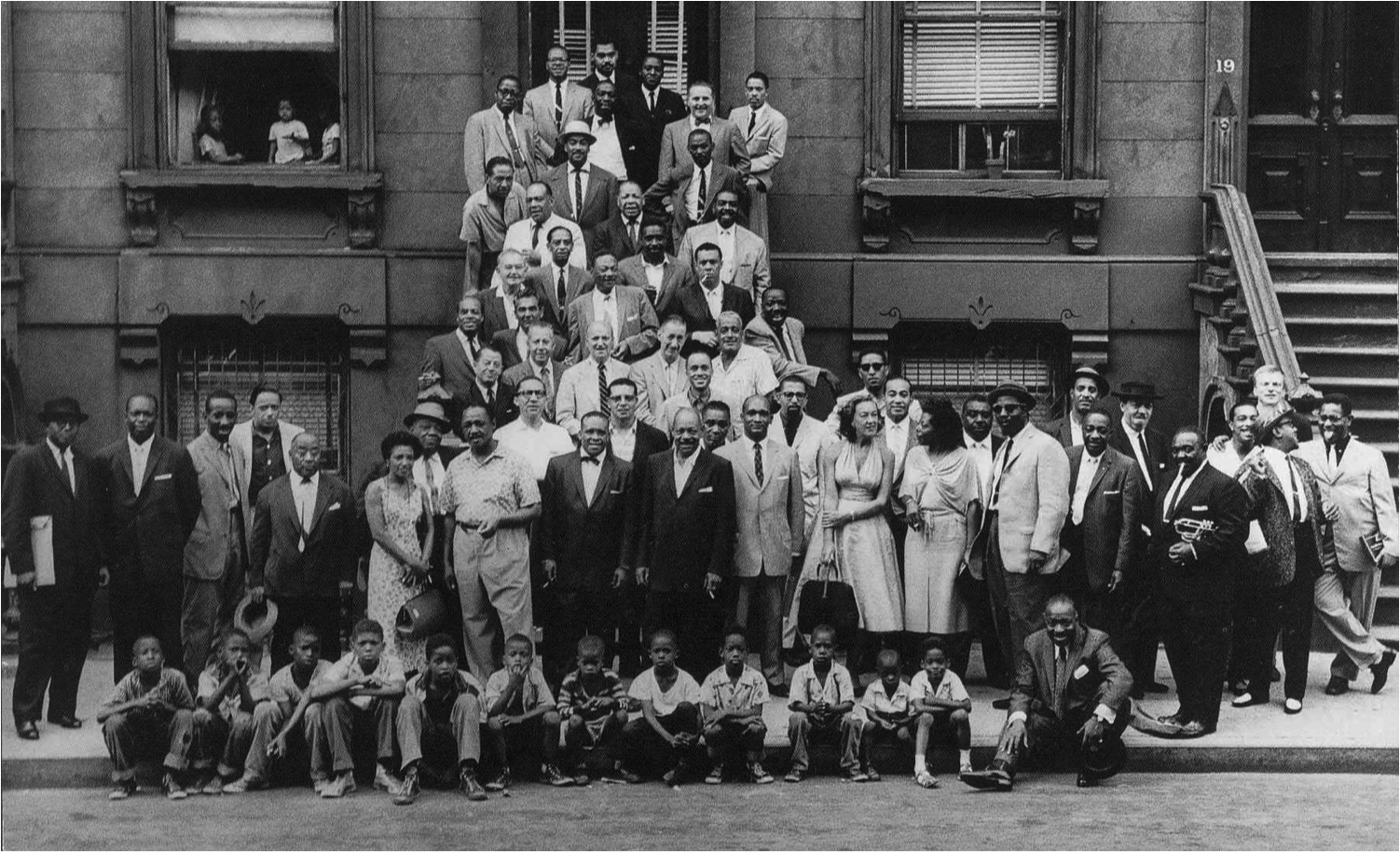Harlem Renaissance: Close Reading a Movement
3P Unit Goal: After researching Harlem Renaissance artists and writers, students will create a presentation which highlights the movement’s contributions to discourse on American EQUALITY.
ESSENTIAL QUESTIONS:
1. What is a cultural movement? What are the defining characteristics of the Harlem Renaissance as an artistic and cultural movement?
2. How did the Harlem Renaissance view the American ideals of EQUALITY? Why?
3. How did views expressed by Harlem Renaissance artists, musicians, writers, and philosophers define the “American” as an idea and the United States of America as a political and cultural entity?
4. How did the calls for EQUALITY expressed by Harlem Renaissance literature in U.S. history inspire and shape artistic, cultural, and political movements?
Unit Terms:
Great Migration, Jazz, improvisation, individuality, social justice, equality, discourse, voice, point of view, form, literary trope
Objective 1: Historical Background & Philosophical Context
I. Pre-Reading: Harlem Renaissance Intro Notes Harlem Renaissance Video
II. Reading: HARLEM INTELLECTS & Dialectical Journal
III. Post Reading: 3-2-1 Check In
Objective 2: Langston Hughes Author Study
I. Pre-Reading: Background Video & Author Background Circle Map and Paragraph Frame
II. Reading: Close Read Theme for English B by Langston Hughes by Langston Hughes
III. Post Reading: Write an Analytical Summary
Objective 3: Research a Harlem Renaissance Author
I. Pre-Reading: Research Step1: Choose a subject
II. Reading: Webquest on Element and Personality of the Movement & Find Credible Sources
III. Post Reading: Research Step 2: Write a background paragraph on subject & Works Cited Page
Objective 4: Powerpoint Presentation
I. Pre-Writing: Template for Project
II. Writing: Select Textual Examples which best reveal author/artist/musician/ thinker’s ideas & Write Summary Template and SOAPS
III. Post-Writing: Select an Appropriate Presentation Medium and Source
Objective 5: Presentation
I. Presentation Prep: Multimedia Presentation Rubric with Works Cited
II. Student Samples: Student A, Student B
III. Project Reflection & Presentation Assessment by Audience
